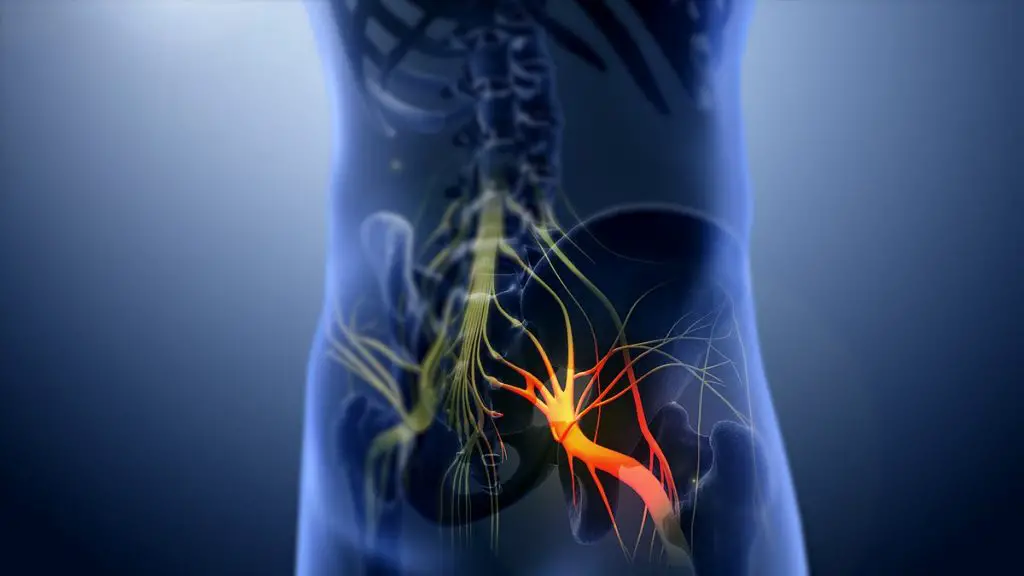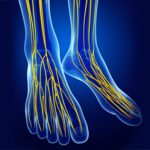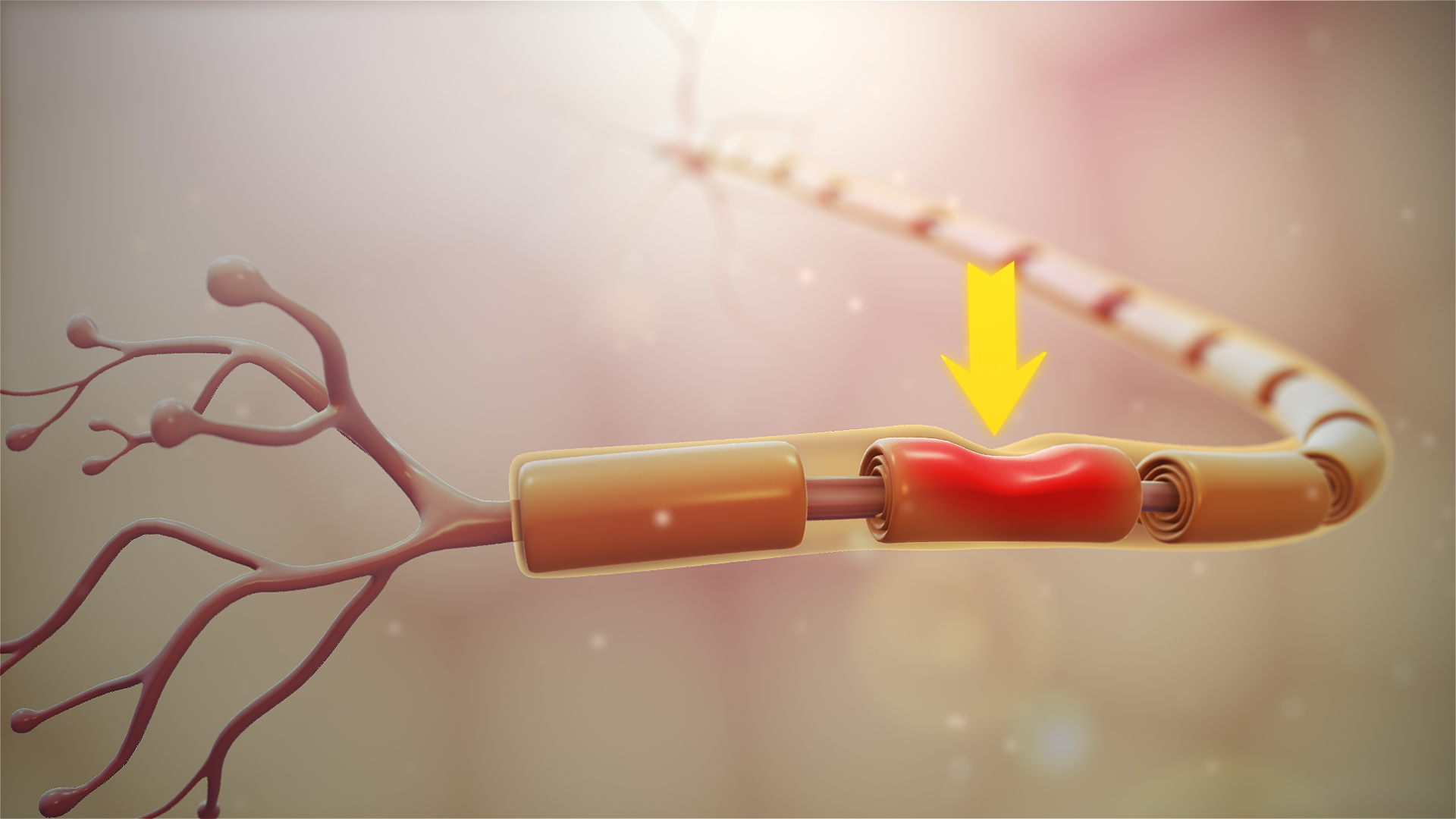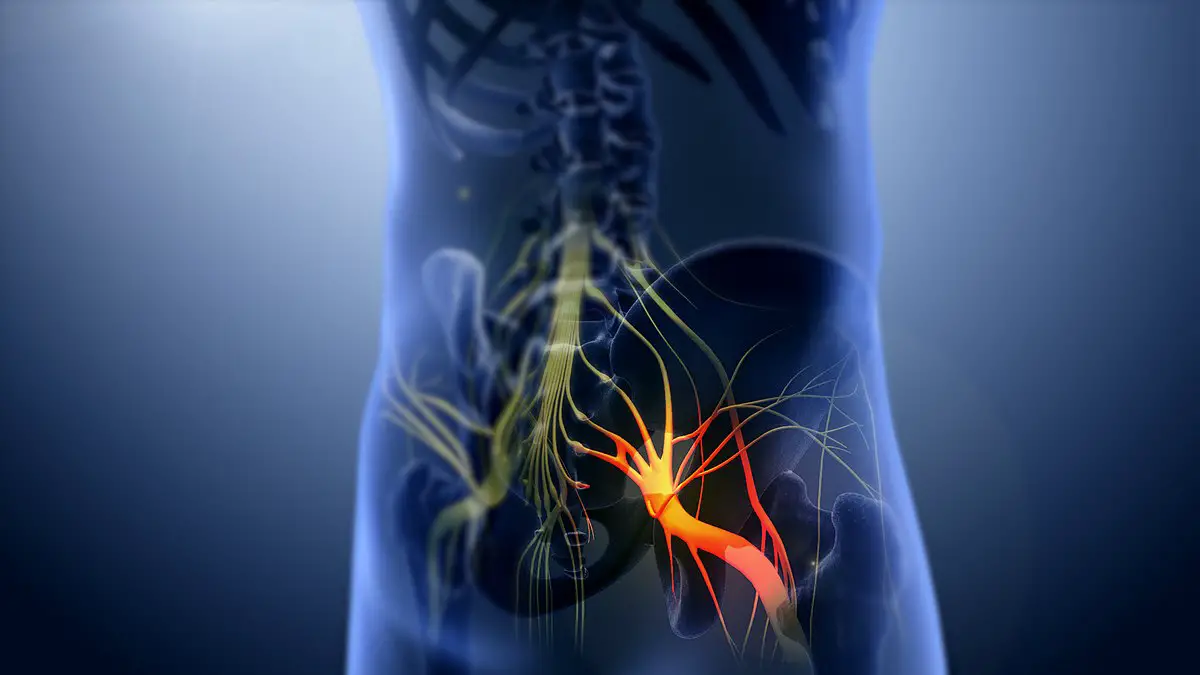Article reviewed and approved by Dr. Ibtissama Boukas, physician specializing in family medicine
The nerve sciatica plays a major role in our body, mainly in the lower limbs. It is formed by several nerve roots. It has the longest nerve route in the human body running from the lower back to the toes. What is the sciatic nerve ? How is he ? What is its route through the body? What are the pathologies that affect it, and how to treat them? We will talk about it in this article.
Sciatic Nerve Definition
The sciatic nerve is the largest and longest peripheral nerve of the human organism. This is a mixed nerve, that is to say, a sensory nerve and a motor nerve at the same time. It therefore plays a dual role. It makes it possible to feel the postero-external part of the leg and the whole of the foot (sensory aspect). It also allows knee flexion and ankle flexion and extension (motor aspect).
Sciatic Nerve Anatomy
The sciatic nerve is the largest nerve in the human body. It comes from the junction of five spinal nerves (L4, L5, S2, S3). On the left as on the right, its anatomy is identical.
To better understand, let's start from the very beginning. Let's talk about the spinal cord. It corresponds to a structure of the central nervous system located inside the spine. It gives rise to several nerves called spinal nerves.
Each nerve leaves the vertebral column by conjugation holes between two vertebrae. The nerve is named according to the vertebrate overlying. For example, if it exits between the fourth and fifth lumbar, it is called the L4 spinal nerve.
Once the nerve exits the spine, it comes into contact with other spinal nerves to create what is called a "plexus" (like the root of a tree). It is at the lumbar level that the plexus that gives rise to the sciatic nerve (lumbosacral plexus). The sciatic nerve is therefore composed of lower lumbar and sacral nerve fibers made up of the spinal nerves of L4, L5, S1 and S3. It is covered by the gluteus maximus muscle.
There are two main roots of the sciatic nerve.
- L5 root exiting between the fourth and fifth lumbar vertebra.
- Root S1 exiting between the fifth lumbar vertebra and the first sacral vertebra.
The course of the sciatic nerve
Broadly, the sciatic nerve begins at the lumbar level and innervates along the lower limbs. At the level of the pelvis, it passes below the piriformis muscle (also called pyramidal) and above the superior twin muscle.
Passing through the buttock, it is covered by the gluteus maximus muscle behind. Anteriorly, it is located between the gastrocnemius muscles (upper and lower), the quadratus femoris and the internal obturator.
At the level of the thigh, it descends vertically along the semitendinosus muscle. It branches into two main branches arriving at the knee.
- The tibial nerve: it runs down the back of the leg, behind the triceps surae and to the inside of the ankle. It is at the back of the malleolus that it divides into two terminal branches. These will innervate the sole of the foot.
- The common peroneal nerve: it follows the outer part of the leg. At the level of the head of the fibula (fibula), it also divides into two nerve branches: one continues down the outer part of the leg, and the other goes down the anterior part. The two branches then innervate the dorsum of the foot.
How to make the diagnosis of pain in the sciatic nerve?
Alone magnetic resonance can detect the sciatic nerve. It seems that radiography does not reveal the organic elements of the human body. The clinical diagnosis of sciatic neuralgia (pain related to the sciatic nerve) can be recognized quite easily.
La cause of sciatic neuralgia, in particular a herniated disc can sometimes be identified by auscultation. the Lasegue test is generally used to clarify the diagnosis, although it is not completely reliable.
In more complicated cases (pain resistance for several weeks), it will be necessary to consult a specialist (rheumatologist, surgeon, etc.). He will prescribe additional examinations such as a x-ray of the thoracolumbar spine, scanner or Spine MRI.
What pathologies can affect the sciatic nerve?
La sciatic nerve trajectory is so long that blockages can easily stop it. When it is irritated, it causes more or less intense pain. This pain can go from the lumbar level to the tips of the toes. Any type of pain related to the sciatic nerve is called la sciatica or sciatic neuralgia. It most often affects people between the ages of 35 and 50.
In 85% of cases, it results from sciatic nerve compression by herniated disc. However, there are also other causes. Indeed, the sciatic nerve can be subjected to many forms of pressure. It can be stuck and harmed by one of the following causes:
- hip dislocation
- pelvic fracture
- piriformis syndrome
- vertebral compaction
- wrong drug injection
- etc.
The symptoms of sciatica vary from individual to individual. But in most cases, it is manifested by a lower back pain. We are talking about lumbosciatica. The pain may radiate along the path of the nerve in question (buttock, thigh, leg, Calf, foot).
Also, symptoms can be sensory, motor or both. Nevertheless, sensory signs are more frequent. In case of sensory impairment, sciatica is manifested by paresthesia. This corresponds to tingling, tingling or burning.
Sciatica can also affect leg muscle strength. It changes the way of walking and leads to muscle atrophy (decrease in muscle volume) in critical cases.
Rarely, sciatica encounters more serious forms.
Paralyzing sciatica
La crippling sciatica is manifested by a motor deficit of the leg. In other words, the leg is unable to make certain movements.
Hyperalgesic sciatica
La hyperalgesic sciatica results in hypersensitivity to pain. She does not calm down with the usual painkillers.
cauda equina syndrome
When sciatica is associated with this syndrome, it affects other nerve roots. In this case, it causes:
- sensitivity disorders of the leg and perineum;
- disorders of the control of the urinary sphincter (urgent urination, difficulty urinating, etc.) and of the anorectal sphincter (constipation);
- motor disorders of the lower limbs which result in fatigue when walking, a decrease in muscle strength, etc.
To know everything about the cauda equina syndrome and its support, see the following article.
Treatments for this neuralgia
Le treatment of a sciatic nerve disorder lasts on average 3 to 4 weeks (or sometimes more). It is prescribed depending on the cause of neuralgia. It has several aspects.
Medical treatment
Drug treatment for sciatica is based on different categories of drugs depending on the pain experienced by the patient. It could be :
- level 1 analgesics (paracetamol) or higher level (codeine, morphine, etc.);
- nonsteroidal anti-inflammatory drugs;
- muscle relaxants (for muscle pain).
Epidural injection
THEepidural infiltration is a corticosteroid injection. It provides a prolonged analgesic effect (3 to 6 weeks).
Kinesitherapy
Some physiotherapy sessions are recommended after the acute phase of sciatica.
If the cause of sciatica is a disease like osteoporosis or ankylosing spondylitis, the best approach will be a specific treatment of the pathology itself.
In the event of recurrence, invalidity or persistence of the disease, a surgery may be necessary. It is essential if the patient has paralysis, cauda equina syndrome or extreme pain that is not relieved by medication.
Resources
Projects










